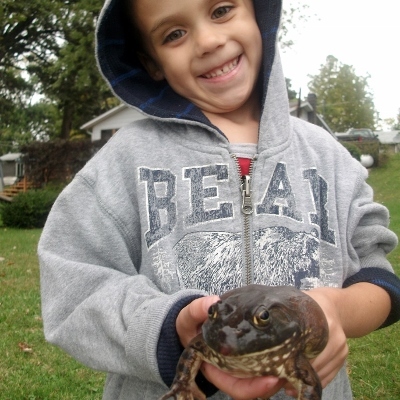 The Back to Sleep program changed its name to Safe To Sleep several years back, but its message remains the same. All babies need to be placed on their backs for sleep during naps and nighttime hours to reduce the risk of sudden infant death syndrome. Unfortunately, some babies absolutely hate having to sleep on their backs, leading to crying jags and restlessness. You do not have to give up, however. You can use the four following tips to help your baby willingly sleep on his back.
The Back to Sleep program changed its name to Safe To Sleep several years back, but its message remains the same. All babies need to be placed on their backs for sleep during naps and nighttime hours to reduce the risk of sudden infant death syndrome. Unfortunately, some babies absolutely hate having to sleep on their backs, leading to crying jags and restlessness. You do not have to give up, however. You can use the four following tips to help your baby willingly sleep on his back.
Learn the Art of Swaddling
Swaddling is an excellent way to mitigate the discomfort some babies feel while sleeping on their backs. The main problem infants have with the safe sleeping position is the lack of contact and light pressure at the belly and legs.
Swaddling gives your infant a light amount of pressure all the way around the body, making it much easier to fall asleep in the approved position. Always use a light receiving blanket for the swaddle to decrease the chance of your baby overheating or getting loose during the nighttime hours. Swaddling during naps and at night is safe until your infant is about two months of age or starts rolling over unassisted.
Use a Pacifier During Naps
A pacifier is another good way to provide your infant with extra comfort. The pacifier actively soothes your infant while he tries to fall asleep in the crib or bassinet. The pacifier actually gives your child a device he can use to self soothe. If your infant starts to fuss and wake up in the middle of the night, give the pacifier back and wait for a few moments. If your infant does not need a meal or diaper change, he will usually fall right back to sleep with help from the pacifier.
Let Your Baby Sleep in Your Room
Babies sleep longer and better when resting in the room with their parents. You can set up the crib or bassinet next to your bedside to keep your infant close without the danger of co-sleeping. If you need an even closer connection, you can obtain a side-by-side crib that keeps baby safe, but within arm’s reach at all times. To help your child get comfortable lying on his back in the crib, reach over and gently rub or pat his belly while humming or singing a soothing song.
Establish a Sleepy Time Routine
Set up a nightly sleepy time routine to help your child self-soothe and fall asleep. Although it is beneficial to rock your child before bed, you should attempt to lie him down in the crib before your infant starts to fall asleep. This will help your child grow accustomed to soothing himself to sleep, which will prevent difficulties with sleeping in the future.
Although you only have to follow the back to sleep guidelines until your child begins moving around on his own, the efforts you put into helping your child self soothe and fall asleep on his own will pay off in the long run.










